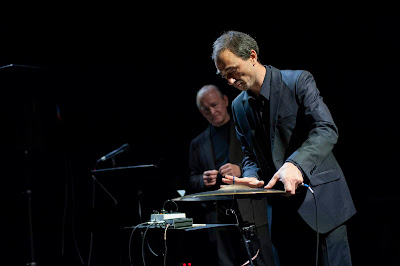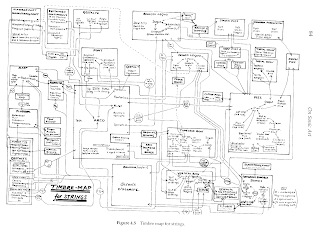Jamshid Jam

Update: check out the Jamshid Jam album, featuring Ramin Roshandel on setār and Jean-François Charles on live electronics . According to Persian myths, Jamshid "invented music." I was thrilled on Saturday night to perform with Ramin Roshandel and his setar our Jamshid Jam : I was playing my own live remixing instrument, and we attempted to, once again, discover music. All of the electronic music is produced live, from the sound of the setar. We don't use any pre-recorded audio. Also listen to Jamshid Jam, alternate take , during one of our rehearsals.

